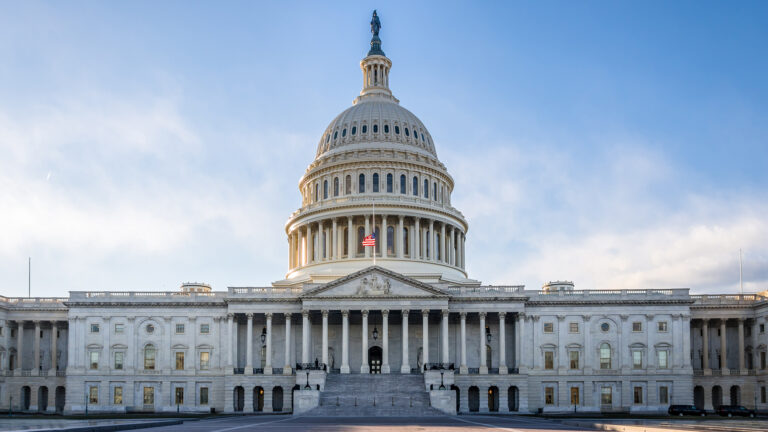Harvard University’s endowment returned 11.9% in fiscal year 2025, exceeding its 8.0% benchmark , according to the Harvard Management Co.’s (HMC) annual report.
The gain increased the endowment’s total assets to $56.9B as of June 30, 2025, up from $53.2B the previous year. In his annual letter, N.P. “Narv” Narvekar, HMC’s chief executive officer, said the performance not only strengthens the university’s financial foundation but also reinforces the endowment’s vital role in supporting Harvard’s academic mission. Since the current management team began eight years ago, the portfolio has achieved an annualized return of 9.6%, consistently meeting or surpassing expectations, he said.
The strong results underscored Harvard’s resilience amid potential funding cuts from the Trump Administration. Narvekar noted that endowment spending now accounts for nearly 40% of the university’s annual operating revenue.
He shared that HMC has taken a more holistic view of portfolio construction in recent years, pointing out that a singular focus on asset allocation — while an important driver of returns — can “mask important considerations around volatility” and the university’s ability to absorb that volatility.
“Such long-term performance is critical: the endowment is not simply an investment portfolio, but a source of stability and continuity for generations of students and scholars,” Narvekar added.
As of June 30, 2025, the bulk of the portfolio’s allocation composition was in private equity (41%), and hedge funds (31%), followed by public equities (14%), real estate (5%), bonds/treasury inflation-protected securities (3%), other real assets (3%), and cash (3%).
Narvekar noted that the HMC has begun to moderately increase portfolio risk, primarily through higher equity exposure, to enhance long-term returns while maintaining resilience. These steps, he said, have already contributed to stronger performance.
The private equity portfolio includes venture capital (14%), buyouts (13%), growth venture (10%), and growth-buyouts (4%). Meanwhile, the hedge fund allocation comprises uncorrelated (16%), long-short (9%), multi-strategy (3%), and credit (3%) investments.
Narvekar said the allocation to uncorrelated hedge funds has helped the endowment manage risk and maintain liquidity across market cycles. The HMC has also continued leveraging the secondary market to finetune its private equity exposure — a practice he said the fund adopted eight years ago to reduce real estate holdings.
“These transactions are not signs of constraint or liquidity concerns,” he wrote of the HMC’s use of the secondary market, “but rather of intentional, disciplined portfolio management — an approach that prioritizes flexibility and a long-term view over rigid adherence to an existing portfolio.”
While having less public equity exposure slightly dampened returns for fiscal 2025, Narvekar highlighted that the overall performance benefited from HMC’s judicious manager selection process.
“Public equity and hedge fund managers, chosen for their distinctive perspectives and disciplined strategies, delivered returns well above their benchmarks,” he said. “Private equity, too, produced double-digit gains across diverse strategies and stages. Together, these outcomes reflect the enduring importance of judgment, relationships, and intellectual rigor in investment practice.”













